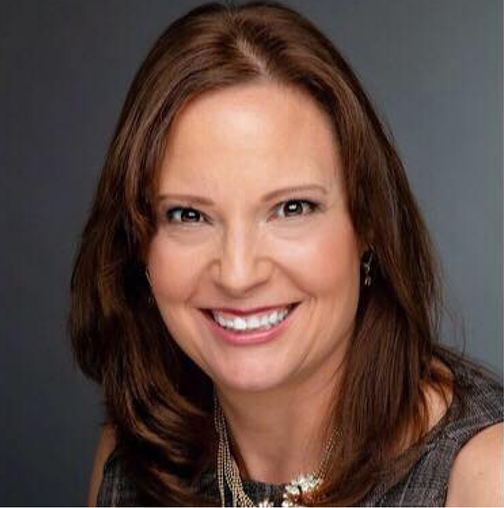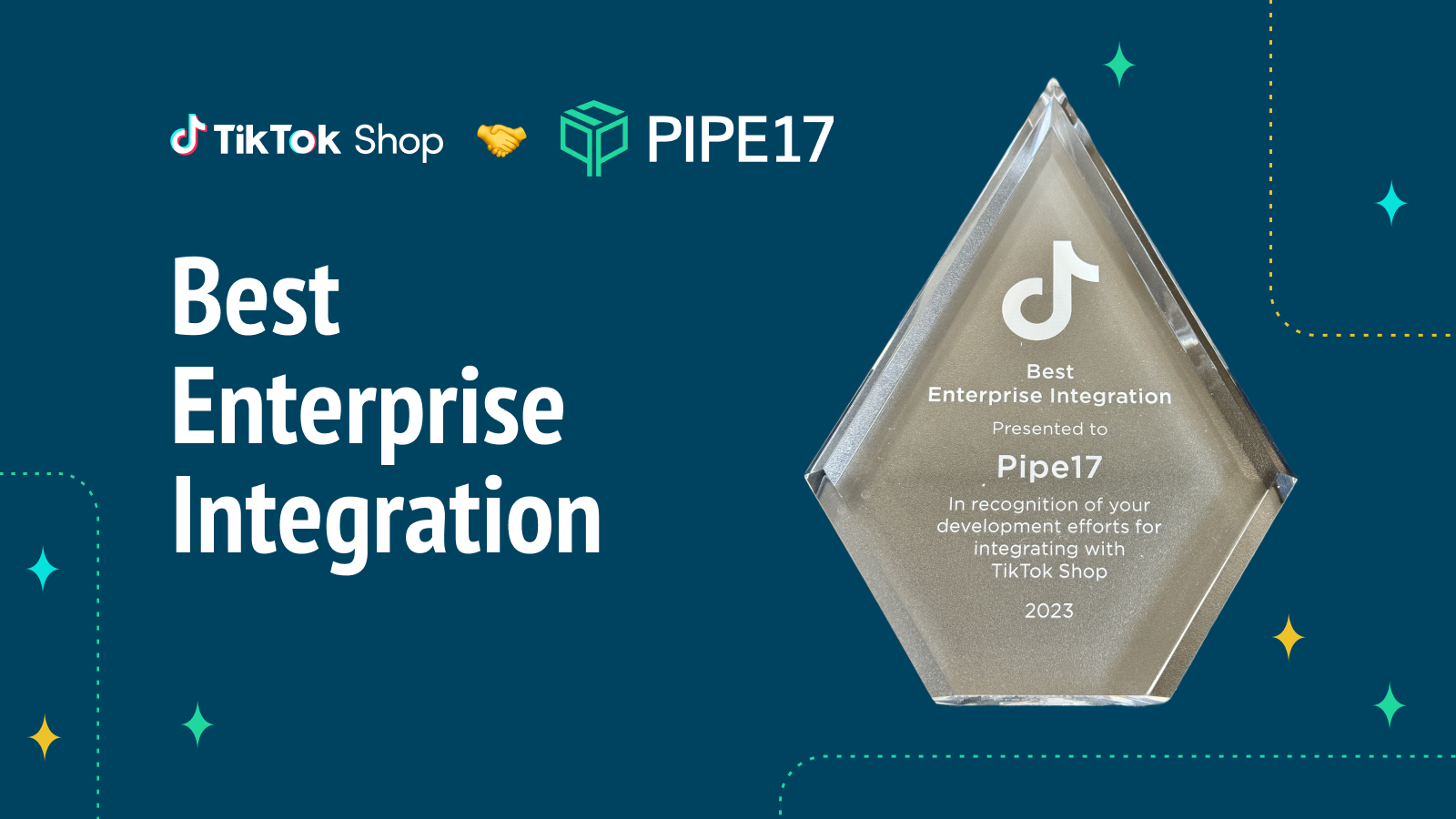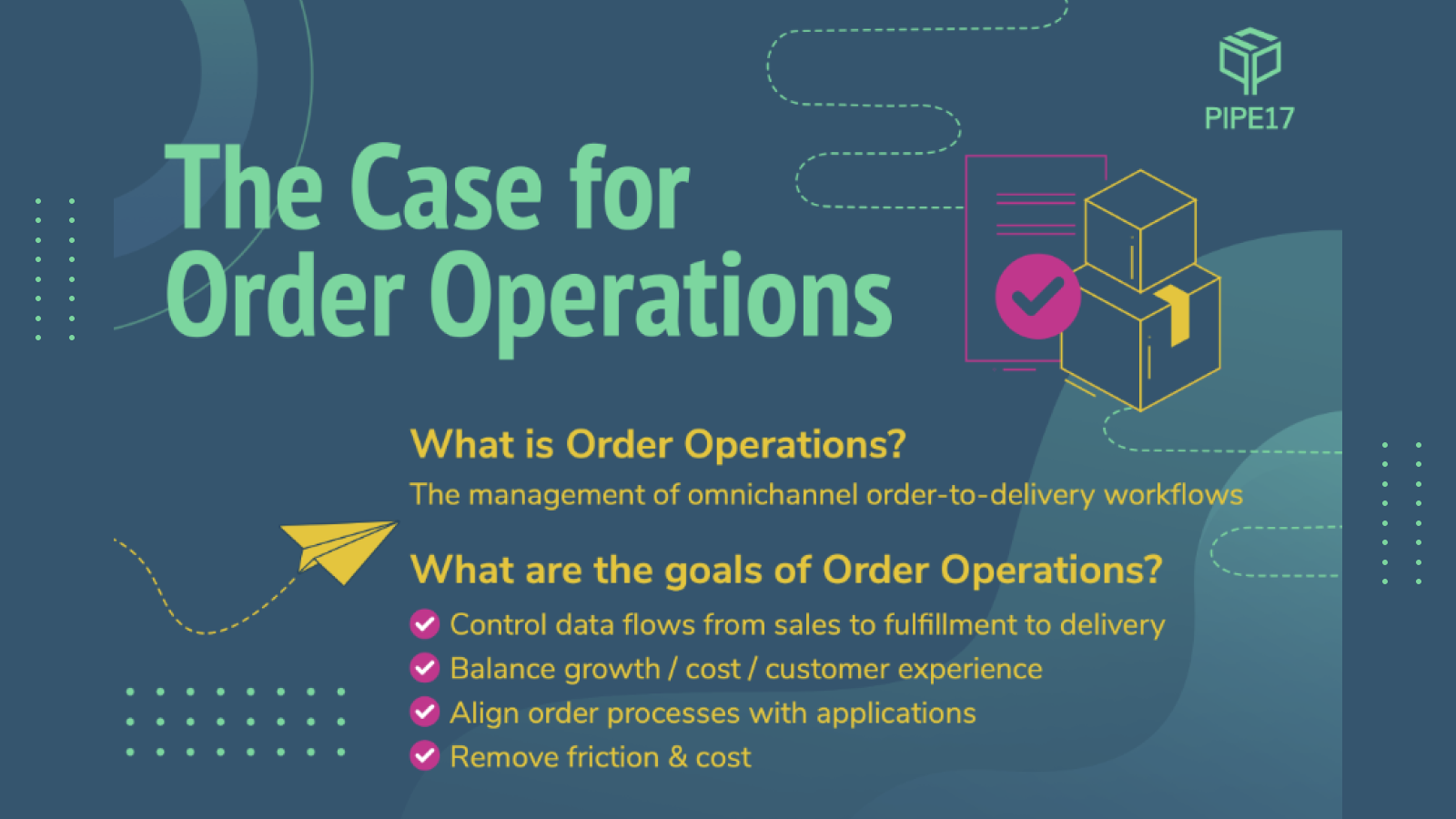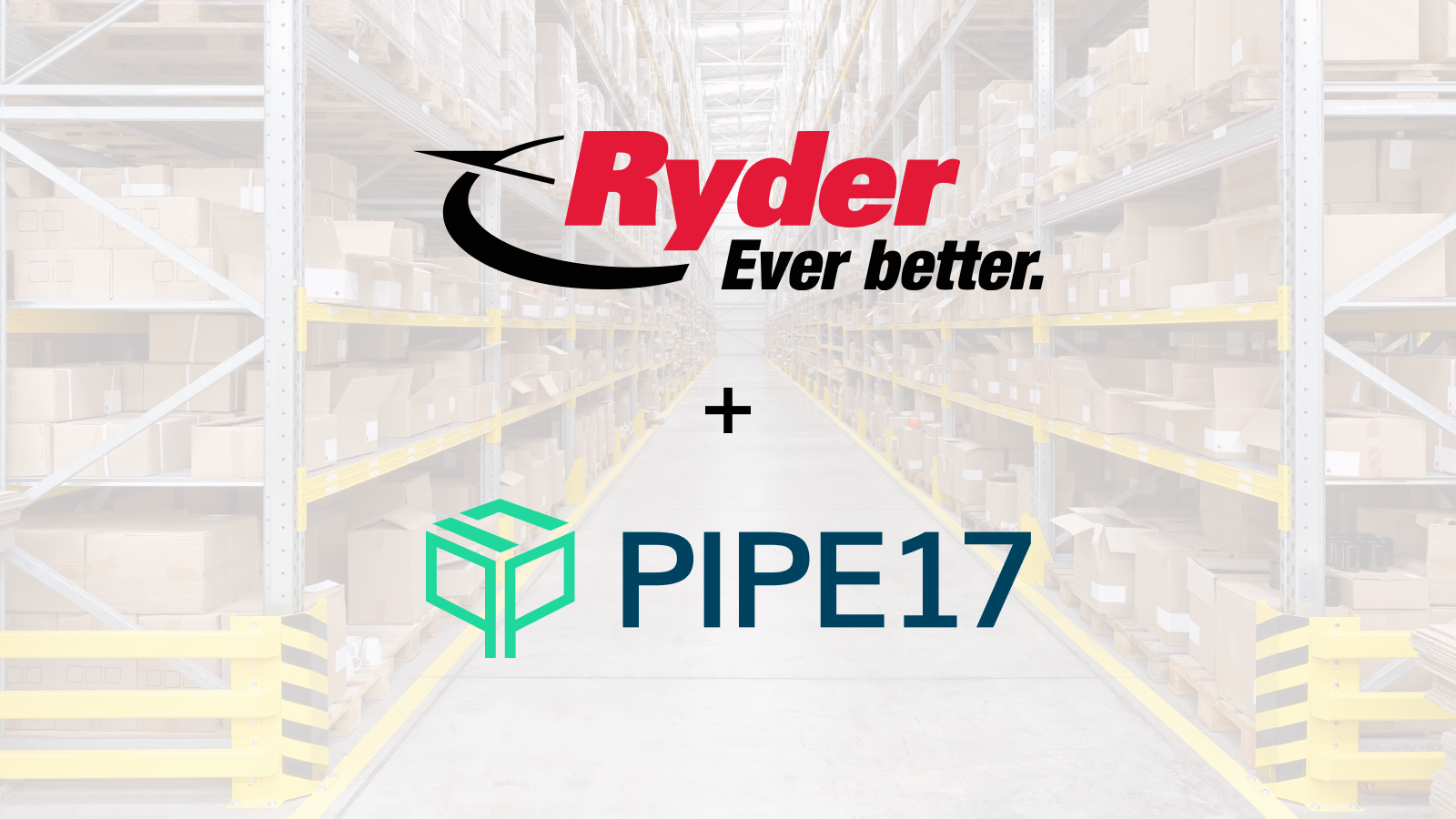You have great products and market them well. Your sales are growing, reviews are glowing, so it’s time to take the next step to level-up your logistics. Fulfillment is one of the most critical aspects of your online retail business; today’s eCommerce customers demand a quick turnaround and fast order deliveries. Slow fulfillment risks lost sales and customer churn. To avoid this, you need to ask the right 3PL questions.
As you scale your eCommerce business, one of the most important partnerships you’ll forge is with your third-party logistics provider (3PL).
A 3PL is the landing place for your eCommerce store’s supply chain. Rather than having your own warehouses and distribution in-house, your stock is stored in a 3PL vendor’s warehouse and items are shipped automatically from the warehouse to your customer as orders come in. You will send new inventory to your 3PL from your suppliers/manufacturers before shipping it to your customers. Many 3PLs can also handle your retail distribution, returns and even customer service issues on your behalf.
The right 3PL makes selling online simpler and more efficient, leaving you with the bandwidth to focus on the things you do best: manufacture, source, and sell products. However, while a good 3PL partnership can accelerate your business growth and your revenue, a poor one can have the opposite effect.
Prior to entering into any business partnership, it’s imperative you do your due diligence; research possible partners and interview them to ensure you have the right fit for your business and uncover any potential issues before they arise. This is especially true of your 3PL partner. With the wrong match, your business will suffer.
If you’ve never worked with a 3PL before, it can seem daunting, but if you’re ready to scale your business, choosing a 3PL is a sensible next step. The following questions will help you determine which 3PL best suits your unique needs before you jump into a relationship.
1) Is there a minimum monthly order volume?
Your operations must match the requirements of the 3PL provider you choose, otherwise, you could find yourself buried in unexpected fees as a result of slow-moving stock. If there’s a minimum monthly order volume, focus on the slower times in your year, especially if your business experiences seasonal sales cycles.
Similarly, if you expect large spikes in your monthly order volume at certain times of the year, it’s important your 3PL is able to accommodate that fulfillment volume without service interruptions.
Minimum monthly charges are another item that’s important to investigate with your 3PL. Some 3PLs will expect you to meet a certain level of volume or storage in order to meet their own financial metrics and will charge you the minimum regardless of whether your orders meet that volume.
2) What products do you specialize in (if any)?
Depending on the products you sell, you may require a specialized partner who has experience handling similar types of products. And don’t blindly trust a 3PL who tells you they can do it all — a good fulfillment partner knows their strengths.
Heavy or bulky order fulfillment
Shipping heavy or bulky items is a bit of an art form. When handled appropriately, the shipment of larger items like furniture should be painless for everyone. If the bulk of your business (pun intended) is large, heavy products, find a partner who specializes in getting those bulky items to their destinations safely. This will prevent damaged shipments and unhappy customers, and also help keep costs down.
Lightweight, but large items
Did you know the shock of high shipping costs is the number one reason for shopping cart abandonment? This means shipping costs are the biggest challenge for online retailers.
Large delivery companies use both traditional and dimensional (DIM) weight to determine shipping costs, with DIM based on a box’s dimensions. You pay for the heavier weight of the two. If you sell large, but lightweight items, like intricate paper fans for wall decor, DIM weight charges could increase your shipping costs and discourage buyers from clicking “Pay Now.” A 3PL with experience in handling these types of items can help you find the most economical way to package orders and get them to your customers.
Fragile product fulfillment
Would you want your glassware shipped by a 3PL who’s only ever shipped teddy bears and pillows? Probably not. The key to getting your fragile products to your customers in one piece is experience.
Ask your 3PL how they ship fragile items with the minimum packaging required to lower costs and sustainably transport your items safely. This saves you money on packing materials and shipping costs, while simultaneously avoiding refunding orders due to damaged goods on arrival.
Asking your potential 3PL about the product specialties can give you a quick gut check on whether or not that particular provider will be a good fit early on, saving you both time and energy if it’s not meant to be. Another great question is to ask about other brands they’re already working with to see if the brand aligns with your product type, size or customer base.
3) Will you provide cycle counts? In what format?
Inventory counts are among the most important components of accurately tracking your stock in the warehouse. Traditionally, this was done by physically counting and comparing the items you have on hand against what your inventory software or spreadsheets said you should have so you can spot product loss or theft.
The problem with this is that physical inventory counts are a huge time-suck, making it impractical and introducing the single biggest issue in manual work: human error.
Enter inventory cycle counts. Cycle counts break the process down into manageable chunks by “cycling” through inventory items; counting one type of product in the warehouse at a time. Inaccurate cycle counts can still lead to lost revenue and sales, but it’s a problem that’s easier to avoid. Carry out this integral part of inventory management daily to ensure you never run into fulfillment issues as a result of low or missing inventory.
Finding a 3PL who will, in some way, provide a regular cycle count is important for you to remain up to date and aware of what’s happening in your business so you can spot trends and stay on top of your inventory needs.
Receiving your cycle count on a regular schedule, organized by SKU — the stock-keeping unit or scannable barcode generally found on each product — allows you to quickly identify best-selling items, items that require re-order, and to keep a pulse on the general success of your business.
Most 3PL’s will offer a full physical inventory of your products annually but given the time it takes, they will not offer this on a more regular basis.
4) What WMS do you use?
A warehouse management system (WMS) is one of the most important tools for your eCommerce business. The key function of a WMS lets a 3PL know exactly where your items are located, how many need to be pulled to fill an order and even the location of packaging to ship out that order.
Much of the value a WMS provides is internal to the 3PL. However, a merchant-friendly WMS offers a range of connectivity options and will be able to process more orders faster, without compromising on the speed of delivery or the accuracy of orders so it’s important to learn about the WMS your 3PL is using.
A WMS has a number of key features that make your life easier, such as:
- Dashboard for visibility into order status and flow.
- Ability to manually enter orders into the dashboard for transfers, B2B or other orders that aren’t going through your web store.
- Integration with radio frequency and barcoding techniques
- Back office integration with order entry, inventory control, and purchase order modules
- Real-time inventory tracking and reporting
- Connectivity options. Open API, API Support or iPaaS are typical
When it comes to your 3PL, the WMS manages your warehouse logistics to follow predetermined workflows that initiate next steps in the logistics process. For example, when an order is marked “paid,” the order will flow to your WMS and that will initiate the process of order fulfillment, all without the need for manual intervention.
If you already use a WMS and are currently self fulfilling, you may be inclined to lean into the 3PL provider who uses that WMS themselves. The software available to professional warehouses is often more sophisticated and has stronger workflows than the ones licensed for individual use.
Understanding which WMS your 3PL partner uses, including its integrations and capabilities, will help you better understand how your future business will look.
5) What integrations do you offer?
A successful partnership with a 3PL provider must connect disparate systems and applications seamlessly. This is harder than it sounds, which is where integrations come in handy. Ask if they have an open API, and what tools they work with natively. APIs are important but require software development to make them effective with your business.
3PLs vary in their support for marketplaces, shopping carts and financial and ERPs so check to make sure they support yours before going too far down the path. Otherwise you might get stuck doing manual data entry or having to undertake an expensive integration project.
With multiple workflows streaming into a typical 3PL system, integrations are essential to your success. This is also critical to your cost structure as many 3PLs will bill you for the time either internal or external to add a new integration to your portfolio. Ask your potential 3PL provider for a list of integrations they offer/accept, paying special attention to….
Shopify inventory control & fulfillment confirmations
Some 3PLs integrate with Shopify directly to make changes on your behalf, like marking orders as fulfilled, tracking stock, and even processing returns and refunds. If you’re looking for a full-service 3PL partner, this is the integration you want.
When your 3PL integrates with Shopify, your order management system becomes the single source of information, rather than needing to check multiple sources for discrepancies.
The best systems will have real-time connection to Shopify and pick up changes instantly and move them to the WMS (prior to fulfillment of course).
Order automation integrations
Automation is a mandatory component of a 3PL provider. With today’s customer expectations higher than ever, it’s never been more important to streamline order processing and fulfillment.
A fully automated 3PL management process keeps your business and your 3PL partner aligned with real-time, real-world data. In fact, 98% of 3PLs agree it’s become even more critical within the past three years for them to develop the capabilities to respond to their customers more quickly with accurate, timely information — something best done via automation.
Generally you will want integrations with your existing and future selling channels, you’ll probably want integration with order and inventory management systems and / or ERP (if you have one). One thing of which you will need to be aware is EDI (Electronic Data Interchange) integrations – if you want to do business with large retailers you may want your 3PL to handle the EDI integrations for you. Some 3PLs do not have automation for EDI, creating an environment where your team will have to manually transmit the documents. This is time consuming and prone to mistakes, which will create chargebacks. It’s critical that if you need EDI you establish in advance whether they are integrated for that.
6) What past issues prevented orders from making it to you?
A mismatched address. A foreign character in the name field. An overzealous fraud filter. Too many characters in fields. These are the types of issues that can prevent orders from flowing seamlessly from your eCommerce shop to your 3PL, causing delays and negatively impacting your customer experience. But, as they say, the best defence is a good offence, and knowing what problems have arisen in the past can help you prevent those hiccups in the future. Some WMS systems are incredibly sensitive and prone to breakage as a result of this. You can see a blog post dealing specifically with these types of WMS exceptions on Pipe17’s website here.
7) Do you work with my preferred carriers?
If you’re outsourcing your logistics for the first time, it can be scary to take up with a new shipper as well. There’s nothing wrong with seeking a 3PL provider that has an existing contract with your preferred delivery service(s).
At the same time, you should find out if your 3PL provider accommodates international shipment processing. Does it have relationships with international carriers? How about experience taking care of the paperwork required by different countries? Even if you currently don’t ship internationally, it’s best to have this option available as you grow.
Your ideal 3PL provider should also have relationships that can benefit your business, such as regional carriers, particularly if they operate multiple warehouses. This can further cut down on shipping times and costs. The best case scenario is that the 3PL will utilize their preferred commercial shipping rates and pass that through to you rather than you using a smaller account which could result in higher costs. The commercial rates tend to be a significant savings over the rates a smaller merchant can get on their own.
8) Do you have ship method mapping?
Ship method mapping allows merchants to define shipping methods based on a certain set of criteria. It enables you to dictate parameters like; all Shopify orders go through a certain fulfillment network, Amazon orders are split between two different 3PLs, and so on.
Ship method mapping is an important feature for merchants who sell on multiple channels and use different fulfillment methods, such as a 3PL, FBA or MCF, and their own in-house fulfillment. Being able to balance these automatically makes it so you don’t have to worry about duplicating or missing orders, and each type of order is fulfilled by the ideal method.
9) How do you handle freight or postage labels and fees?
Depending on the 3PL provider you choose, you may be required to provide prepaid labels for fulfillment, or it’s possible you’ll receive preferred freight rates that help you save money. This will depend on a number of factors.
If the 3PL provider has existing relationships with carriers, it’s likely you’ll be able to take advantage of preferred freight rates. However, these might not be with your preferred shipping provider.
If you wish to stick with the shipper you’ve used to date, you may have to provide prepaid shipping labels to your 3PL provider to use during the fulfillment process.
Each option is viable and depends on what works best for your business. Keep in mind that hidden fees may arise with 3PLs around shipping costs, so always ask for a breakdown of pricing to protect yourself against any surprises down the road.
10) What is your on-time shipping performance?
Look at the past shipping records of your 3PL. What are the SLAs they have with other customers? How often do they meet those SLAs? How often do they ship and deliver on time? Can they ship within 24 hours at your current order volume?
Find out what their daily cutoff times are for order flow. For example most 3PLs will have a cutoff of around 12pm daily to enable them to pick and package their orders prior to the daily carrier pickups. An order that comes in prior to that time may ship out the same day.
Being able to send goods out on time helps ensure timely deliveries. It also helps you stay in compliance with any marketplace SLAs on various channels you’re selling on, like Walmart.com or Amazon.
11) What reporting formats do you support?
You need accurate, real-time fulfillment reports to make the right decisions for your business. From real-time report status and inventory reports to usage summaries and more, regular reporting allows you to adjust inventory appropriately, identify error-making carriers, and know what products to drop or double-down on.
Spreadsheets are commonly provided, with dynamic views to hone in on a variety of key performance indicators (KPIs) so you can make the best decisions for your business.
It’s important that the format of the reports your 3PL provider supports are in line with your preferred practices and the tools or software you use. Many 3PLs support reporting via the WMS, allowing you to create customized reports to focus on what you need.
12) What type of contract is required?
When it comes to signing a new 3PL provider, the true test comes in the days and weeks after your partnership kicks off — no matter how many questions you asked or how well they responded. For this reason, it’s well worth asking your potential provider if they offer a free trial period.
Also ask for a sample version of their contract for review during the RFP process. It is good to know what they require in terms of contract term to see if it aligns with your growth plan. Also whether you can lock in rates for a certain period of time or if they will fluctuate. Part of this decision is projecting your costs and that contract can have hidden costs in there that aren’t discussed during the RFP process.
Understanding the type(s) of contracts required and their lengths before you sign is important, especially as your eCommerce company grows and changes, along with your fulfillment needs. Even if you like your 3PL provider, it’s possible you’ll need to replace them — or add another provider to the mix — down the line.
Wrapping up — Ask the right 3PL questions to help you pick the best partner
If you’re looking for a new 3PL partner, be sure to ask these questions and compare their answers to those applicable to the 3PL you’re working with now prior to breaking up with your current partner. Like any major business decision, it’s important to gather all the facts first.
A good 3PL provider will produce an exceptional return on investment for your business. They can reduce the number of errors and ensure timely deliveries to keep your customers happy, increase order volume, and help you scale.






